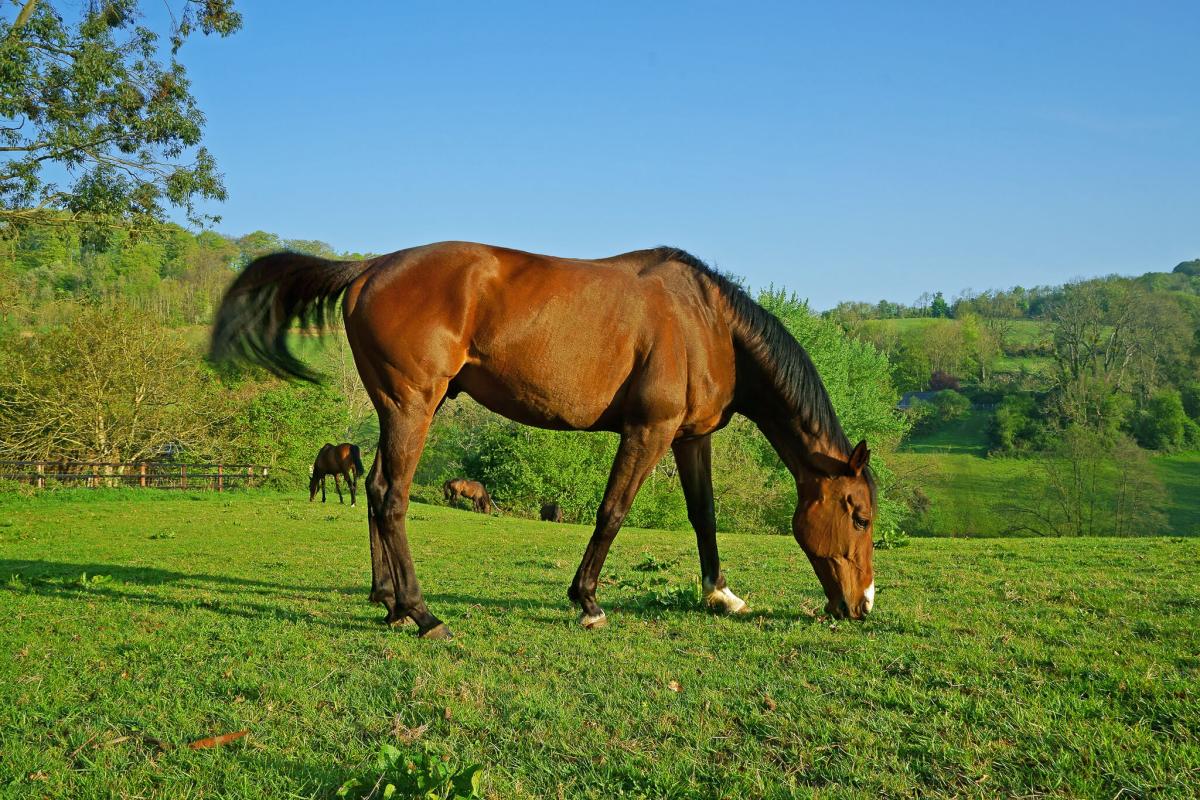
Colic is one of the most feared words in the equestrian world. It describes abdominal pain rather than a single disease, and it can range from mild discomfort to a life-threatening emergency. While veterinary science has advanced significantly in diagnosis and treatment, prevention and early action remain key. Understanding the fundamentals of colic could make all the difference to your horse’s wellbeing.
1. Colic is a symptom, not a diagnosis
The term “colic” simply means that the horse is experiencing pain in the abdomen. This pain can be caused by a variety of issues, including gas build-up, impaction, twisted intestines, or even stomach ulcers. Because the causes vary so widely, it’s vital to see a vet for a proper diagnosis rather than attempting to treat the problem yourself. What might appear to be mild discomfort could escalate quickly without professional intervention.
2. Early signs can be subtle
Many owners imagine colic as a horse dramatically rolling or thrashing, but early symptoms are often far less obvious. Watch for restlessness, pawing at the ground, looking at the flank, reduced appetite, or lying down more than usual. Even a slight change in behaviour could indicate discomfort. Acting quickly at this stage may prevent the condition from progressing to something far more serious.
3. Prevention starts with management
While not all cases are preventable, good management significantly reduces risk. Consistent access to clean water, a high-fibre diet, regular dental care, and gradual changes in feed can all help maintain digestive health. Turnout and movement encourage gut motility, making exercise just as important as feed quality. Owners should also be mindful of seasonal risk factor, such as increased impaction risk in winter when water intake may drop.
4. Veterinary care should never be delayed
Colic can deteriorate rapidly. Calling your vet at the first sign of trouble is the safest course of action. They will perform an examination, possibly including rectal palpation, ultrasound, or nasogastric intubation to determine the cause. In severe cases, referral to an equine hospital for surgery may be required. Timely action is often the deciding factor between full recovery and fatality.
5. Aftercare is just as important as treatment
Even after a bout of mild colic, aftercare is essential. Horses may need a period of restricted feeding, gradual reintroduction to turnout, or close monitoring for recurrence. Some cases require further investigation to identify underlying conditions, such as dental problems, parasite burdens, or metabolic issues. Keeping a detailed health and management record for your horse can help spot patterns and inform future prevention strategies.
Colic is a complex and potentially life-threatening condition, but knowledge, vigilance, and prompt veterinary intervention can make all the difference. By recognising the early signs, managing your horse’s diet and environment carefully, and responding without delay, you can reduce the risks and safeguard your horse’s health.
